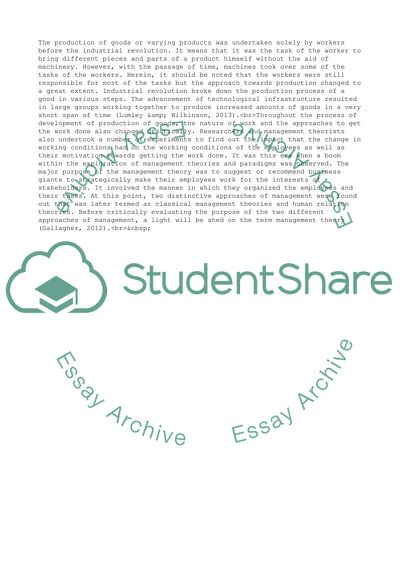Cite this document
(Evaluation of Classical and Human Relation Approach of Management Term Paper - 8, n.d.)
Evaluation of Classical and Human Relation Approach of Management Term Paper - 8. Retrieved from https://studentshare.org/management/1673328-final-essay
Evaluation of Classical and Human Relation Approach of Management Term Paper - 8. Retrieved from https://studentshare.org/management/1673328-final-essay
(Evaluation of Classical and Human Relation Approach of Management Term Paper - 8)
Evaluation of Classical and Human Relation Approach of Management Term Paper - 8. https://studentshare.org/management/1673328-final-essay.
Evaluation of Classical and Human Relation Approach of Management Term Paper - 8. https://studentshare.org/management/1673328-final-essay.
“Evaluation of Classical and Human Relation Approach of Management Term Paper - 8”, n.d. https://studentshare.org/management/1673328-final-essay.


